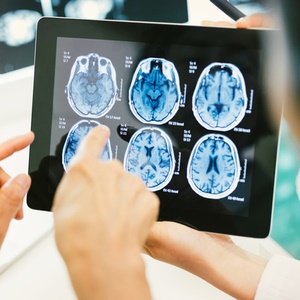
We tend to think of post-traumatic disorder (PTSD) as purely a psychological condition, but now scientists report they have discovered biological differences in the brains of head injury patients with PTSD.
Specifically, the area of the brain that controls emotion (the amygdala) is larger than normal in those who develop PTSD after a brain injury, researchers said.
According to the South African Depression and Anxiety Group (SADAG), research has shown that PTSD clearly alters a number of fundamental brain mechanisms. Because of this, abnormalities have been detected in brain chemicals that mediate coping behaviour, learning and memory among people with the disorder.
Recent brain imaging studies have detected altered metabolism and blood flow as well as anatomical changes in people with PTSD.
Key physical changes
According to a Health24 article, there is still the misconception that PTSD is not a "real" illness. However, research proving that PTSD causes physical changes to the brain is fortunately changing this perception.
"Many consider PTSD to be a psychological disorder, but our study found a key physical difference in the brains of military-trained individuals with brain injury and PTSD," said Dr Joel Pieper, from the University of California, San Diego.
"These findings have the potential to change the way we approach PTSD diagnosis and treatment," Pieper added. The study included 89 current or former members of the US military with mild traumatic brain injury. Brain scans revealed that the amygdala was 6% larger, particularly on the right side, in the 29 patients who also had significant PTSD.
Further studies needed
Together, the right and left amygdala help control emotion, memories and behaviour. Previous research has suggested the right amygdala controls fear and aversion to unpleasant experiences. The study is to be presented at the American Academy of Neurology's Sports Concussion Conference, in Jacksonville, Florida.
The findings suggest that "amygdala size could be used to screen who is most at risk to develop PTSD symptoms after a mild traumatic brain injury," Pieper said in an academy news release. "On the other hand, if there are environmental or psychological cues that lead to brain changes and enlargement of the amygdala, then maybe such influences can be monitored and treated," he added.
"Further studies are needed to better define the relationship between amygdala size and PTSD in mild traumatic brain injury," Pieper said.
Read more:




 Publications
Publications
 Partners
Partners














